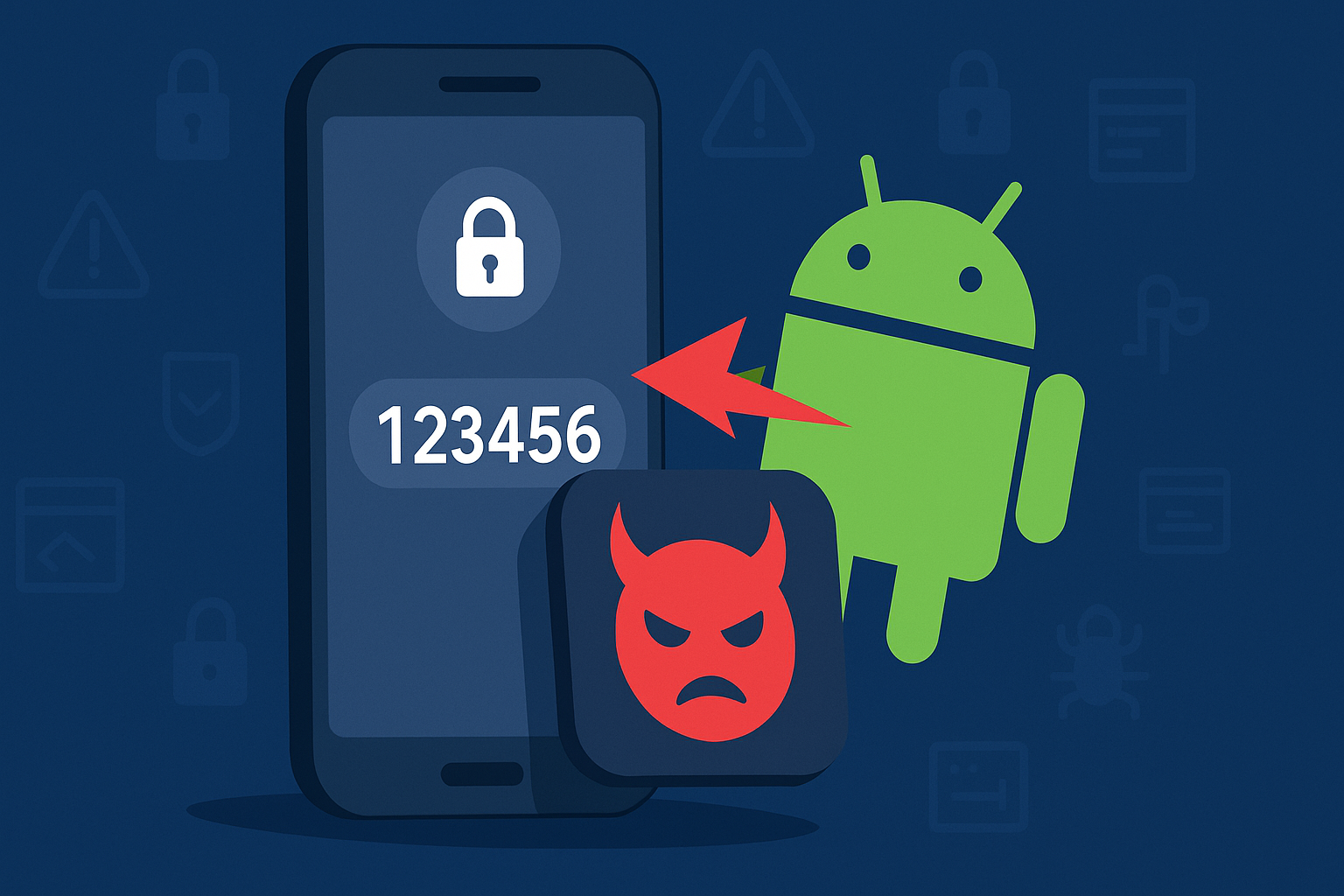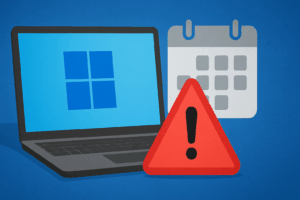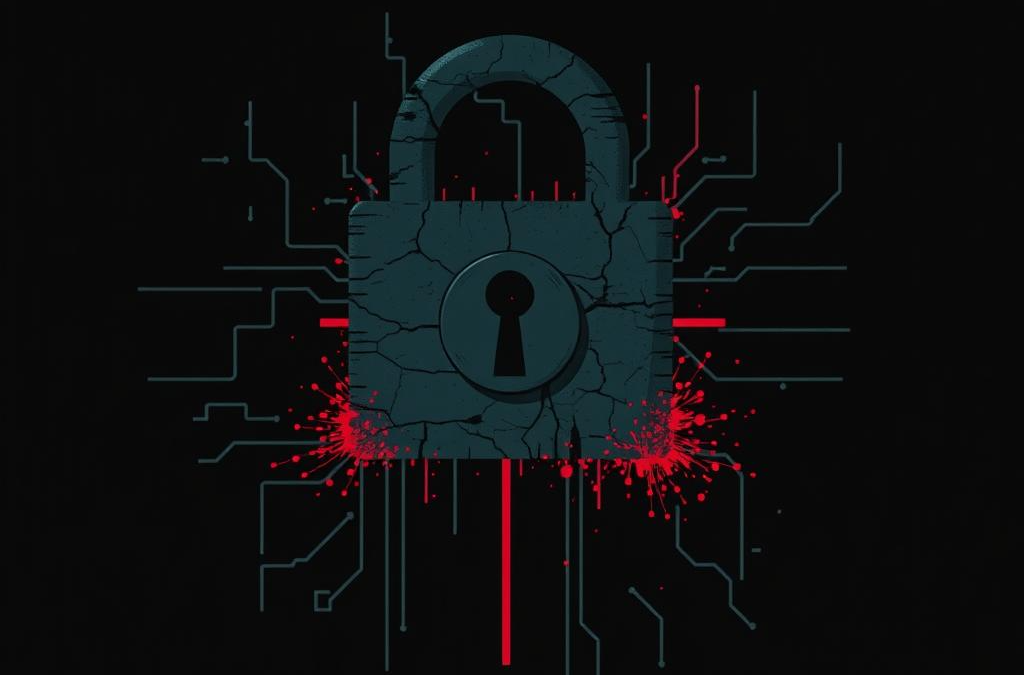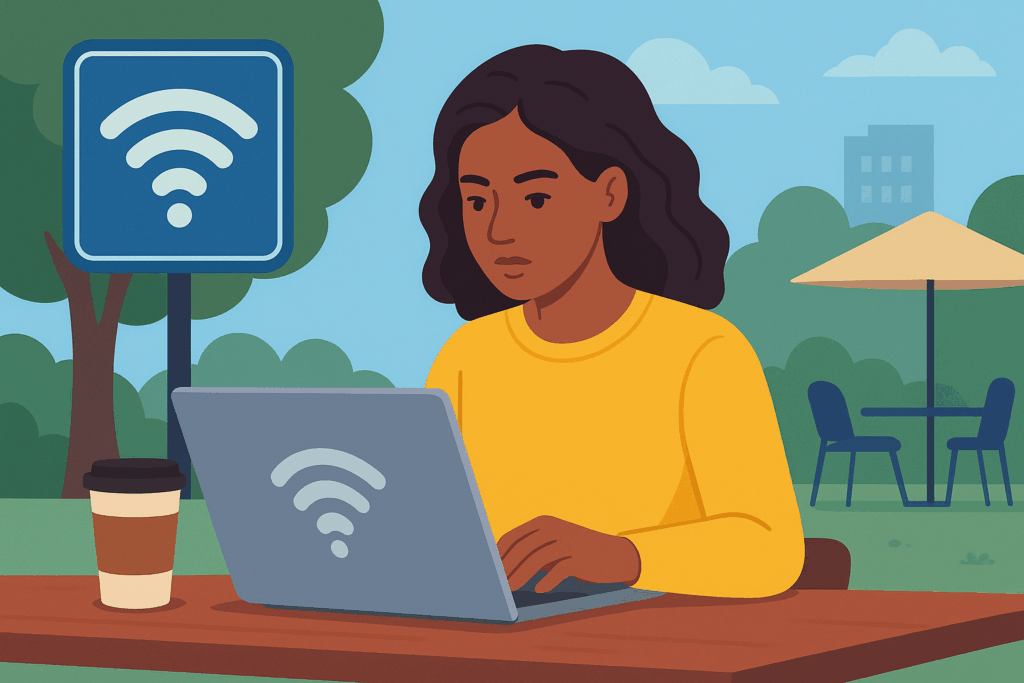When researchers unveiled Pixnapping (CVE-2025-48561) in October 2025, the cybersecurity community immediately took notice. The attack doesn’t exploit an obvious permission or a sloppy developer mistake. Instead, it quietly slips through the cracks of Android’s design itself — using legitimate graphics functions to steal what’s on your screen, pixel by pixel.
And unlike most Android malware, Pixnapping doesn’t need permissions, accessibility access, or overlays. It simply watches.
A New Class of Screen-Stealing Attacks
Pixnapping is what researchers call a pixel-stealing side-channel attack. It takes advantage of how Android’s graphics pipeline and GPU compression algorithms handle drawing and redrawing of screen content.
Here’s the disturbing part: a malicious app can measure the tiny timing differences in those redraw operations to infer what colors — and eventually what characters — are being shown in another app.
That means if you open Google Authenticator, Signal, Gmail, or your banking app, a background process could silently reconstruct the numbers, text, or buttons displayed on your screen. In tests, security researchers managed to steal six-digit 2FA codes in less than 30 seconds — all without the victim seeing a single permission pop-up.
Breaking Android’s Most Basic Promise
Android’s entire security model rests on the idea that apps live in their own sandboxes. Your photo editor shouldn’t see what your banking app is doing; your weather app can’t peek at your email inbox.
Pixnapping breaks that rule. By abusing APIs that Android provides for legitimate visual effects — like blur, transparency, and transitions — a malicious app can force the operating system to redraw specific screen areas and then watch how the GPU behaves. The variations in timing reveal pixel colors. Reconstruct enough of them, and you effectively have a screenshot of another app.
This technique isn’t just theoretical. Researchers from UC Berkeley, Carnegie Mellon, and the University of Washington demonstrated it on Google Pixel 6–9 and Samsung Galaxy S25 phones running Android 13 through 16. Every test succeeded.
Why CVE-2025-48561 Matters So Much
Google has already assigned the bug an official identifier — CVE-2025-48561 — and patched part of the vulnerability in its September 2025 Android Security Bulletin. Unfortunately, those fixes only block one method of exploitation. Within days, the research team proved new ways to bypass them.
In other words: the current patch reduces the risk but doesn’t eliminate it. Millions of devices worldwide remain potentially vulnerable until a deeper graphics-level change arrives later this year.
The consequences could be severe. Anything that appears on screen — from temporary 2FA codes to email previews or payment confirmations — can, in theory, be harvested and sent to an attacker’s server. It’s a pure data-leak vector that leaves no forensic trace.
What Users and Companies Should Do Now
- Install updates immediately. Make sure your Android security patch level is at least September 2025 or newer.
- Avoid sideloading apps. Only use Google Play and keep Play Protect active.
- Prefer hardware or push-based 2FA. Use security keys or push confirmations instead of on-screen one-time codes.
- Limit on-screen secrets. Developers should mask or partially obscure sensitive information whenever possible.
- Watch for strange app behavior. Security teams can monitor for apps that invoke GPU or blur APIs excessively or trigger other apps through rapid intent calls.
Enterprise defenders should also add detection rules for suspicious rendering activity and unusual network bursts from low-privilege apps — subtle signs that a Pixnapping-style attack may be running in the background.
A Reminder That the Visual Layer Isn’t Safe Anymore
For years, Android’s security story revolved around permissions and sandboxing. If an app couldn’t ask for access, it couldn’t see your data — or so we thought. Pixnapping shatters that illusion. It shows that even the act of displaying something on screen can leak information.
As Google races to harden its GPU pipeline and researchers push for OS-level flags that mark UI elements as “non-probeable,” one thing is clear: attackers are looking ever closer at the invisible physics of our devices.
The next generation of mobile security may not be about what apps can do — but what pixels can reveal.







